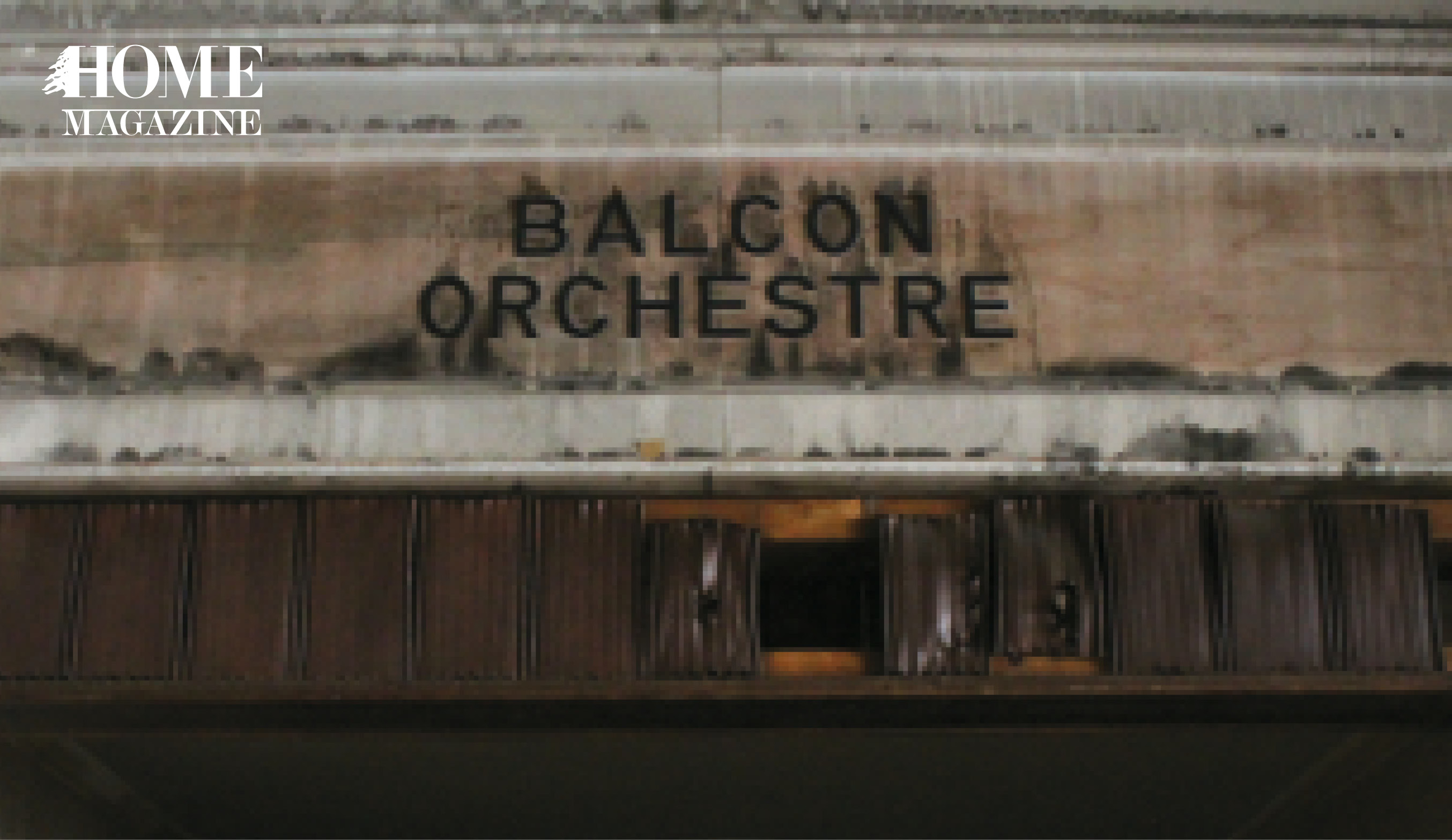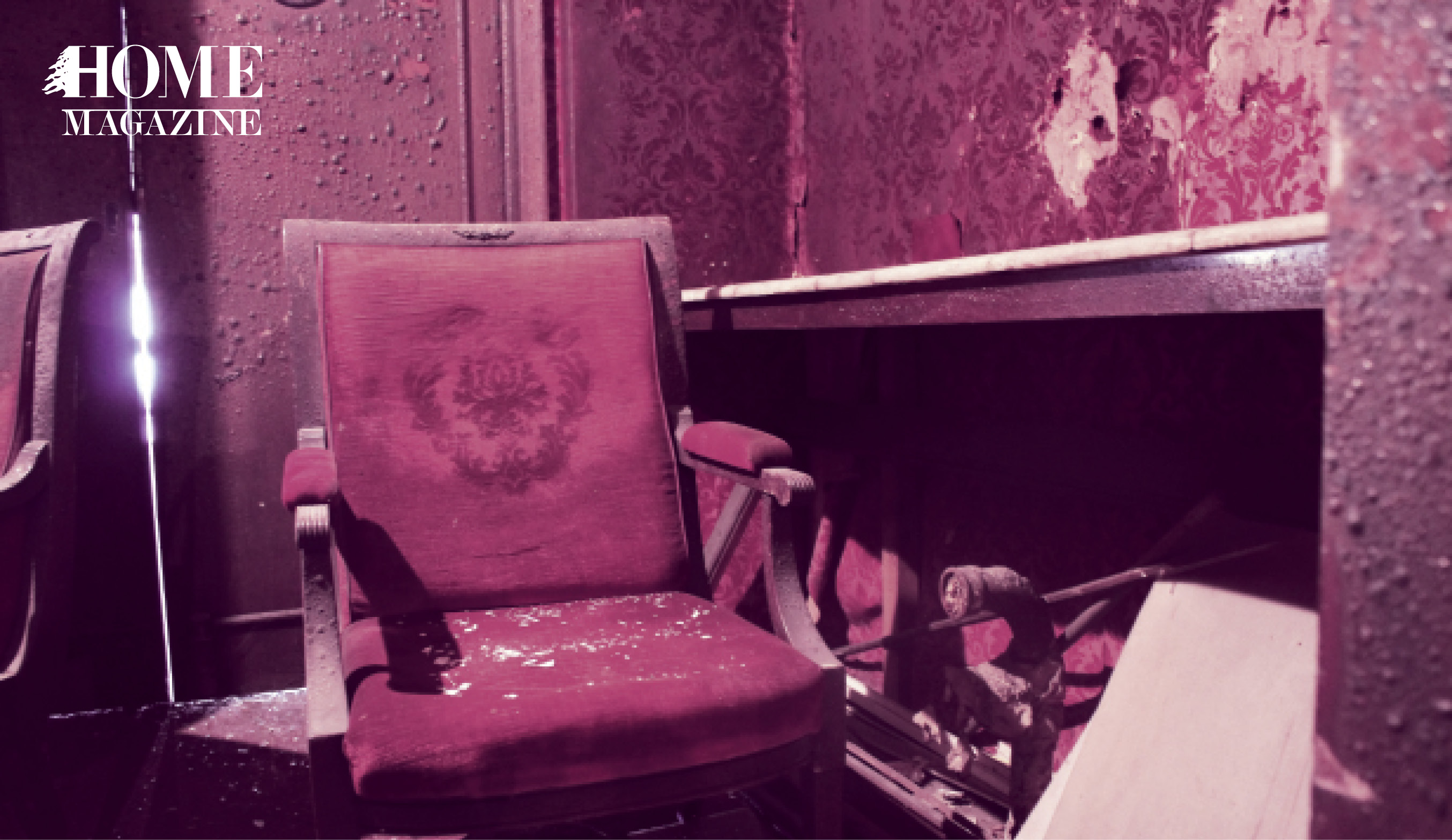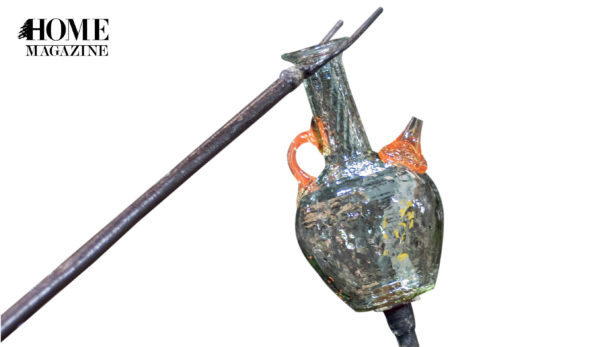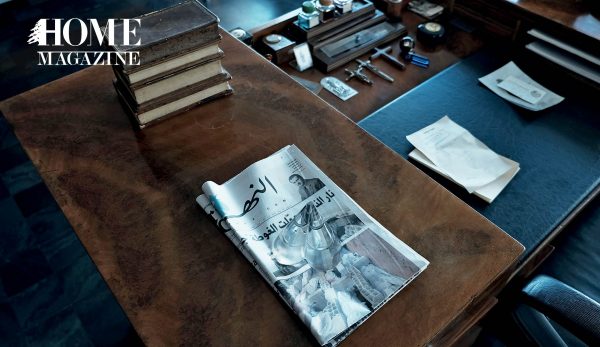Photography by: Sara Zeidan. A special thanks to her, without which this article would not have been possible.
The Piccadilly was the first ever theater on Hamra Street. The theater opened its doors in 1965, at the height of the Golden Era, and played host to the brightest stars and biggest celebrities of Lebanon.
Locked away in a decaying time capsule, The Piccadilly Theater, located in Hamra, the heart of west Beirut, is a ghost of its former self. Once a grand stage graced by legends of music and theater in Lebanon, it is now a silent tomb, dark and abandoned.
Built by Lebanese architect William Sednaoui, and modeled after the famous Piccadilly Theater in London, the Piccadilly was the first ever theater on Hamra Street. The theater opened its doors in 1965, at the height of the Golden Era, and played host to the brightest stars and biggest celebrities of Lebanon. Legends like Omar Sharif, Soad Hosni, Fairuz, and Dalida gave memorable performances, as star-struck audiences watched from red velvet chairs.

During a special interview, Mohamad Bibi, the former owner of the Piccadilly, shared his fond memories of the past. “When I first stepped into the Piccadilly I felt as if I was entering a castle. It was something so beautiful when you saw the enthusiasm in people’s eyes when they were buying the tickets and entering the theater, so excited to see the show. Men all dressed in tuxedos and women well dressed with jewelry and nice perfume filling the place,” he remembered.
After the Civil War erupted in the 1970s, the Piccadilly temporarily closed its doors with the hope of reopening after the war, and reopen it did, but not for long.

On 19 Aug., 2000, during the preparation of the play “Kabset Zer” by Marwan Najjar, a fire started on the stage and seriously damaged it, as well as badly burning the décor. Although we will never really know for sure what started the fire, some say it was due to old wiring, while others say it was from a cigarette. What we know for sure is that on that fateful day the Piccadilly was closed and never reopened again.
The owners wanted to restore it, but after they saw the extent of the damage, they realized how difficult it would be to fund the reconstruction. “The walls were made of gold cement and we couldn’t afford renovating the theater,” said Bibi. Many offers came in from people wanting to convert the Piccadilly into a brand-new cinema, theater or building, but the owners rejected them all.

Milad Haddad, the current owner of the Piccadilly Theater opened up about his feelings of the Piccadilly: “Whenever I enter the theater I feel really sad and disappointed because it’s burnt; it’s totally different. The rotten smell due to the smoke from the fire frustrates me the most because it shows the bitter state of the Piccadilly nowadays. But for the memories I will always remember Lebanon as the rich cultural country where people used to come to Lebanon to visit the Piccadilly.”
To some, the Piccadilly Theater is a landmark and reminder of Lebanon’s Golden Era, to others it will remain a painful memory of what once was. Beautiful in darkness as well as in the light, the theater is a symbol of a once-thriving industry and a witness to one of the most thriving eras in Lebanon’s history. In our hearts and memories it will remain beautiful forever.

































